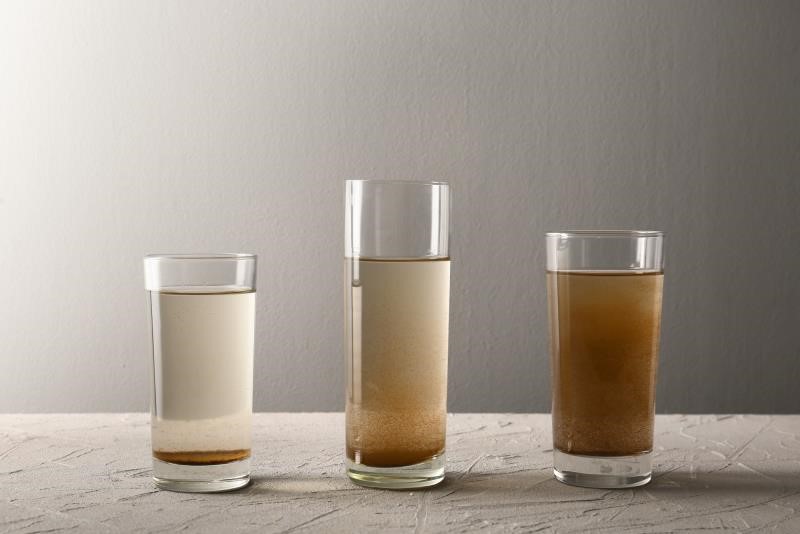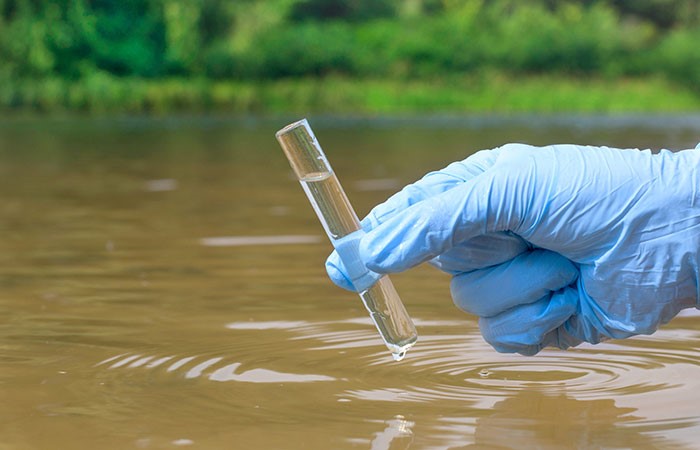Turbidity Measurement
What is Turbidity?

Turbidity is the measurement of water clarity. Suspended sediments, such as scraps of clay, soil and silt, regularly enter the water from disturbed sites and influence water quality. They can contain pollutants such as phosphorus, pesticides or heavy metals. Suspended particles cut down on the depth of light penetration through the water, meaning increased turbidity (opacity) of the water.
What causes Turbidity?
Turbidity can be caused by silt, sand and mud, bacteria and other germs or chemical precipitates. It is produced by undissolved, small dispersed substances in a liquid. It not only affects the visual of the water but, the higher the turbidity, the quicker the growth of bacteria in the water.
How turbidity affects water quality?
Understanding the quality of water is paramount to identify if the water is appropriate for specific applications such as drinking and household needs, recreation, for use within industry and commerce, agriculture and thermoelectricity/energy. The turbidity level of the water can harmfully affect the ecosystem if it changes radically and maintains that drastic change, whereas short term turbidity “events” may be temporary and have a little overall effect on the system.
Turbidity measurement is employed to reveal the turbidity of liquids and aqueous solutions, being mostly used in drinking water treatment.
How is Turbidity Measured?

The degree of turbidity is determined by the intensity of the reflected light in the turbid liquid. The turbidity unit of measurement is typically represented as Nephelometric Turbidity Units (NTU) or Formazin Nephelometric Units (FNU) for most in-situ turbidity sensors.
In the early days of data collection, it was common to use NTU as the unit regardless of the actual method used to collect the data, but it has recently become desirable to start using units which reflect the method in which the measurements were obtained.
Technically speaking, NTU is a unit of measure that is best used to represent readings captured using white light at a 90 degree detection angle and FNU is best used when the data is measured using an 860 nm light (near IR) with a 90 degree detection angle (ISO7027 compliant).
The use of units associated with the measurement method can help identify limitations with the collected data and help identify potential interferences.
Turbidity is measured in a unit called NTUs. The lower the NTU, the lower the turbidity.
What happens when turbidity is too high?
High turbidity alters the type of vegetation that grows in water. Turbid water can provide details on the health or well-being of the water body itself. However, the appearance of high turbidity does not necessarily mean the water body is suffering. In fact, the level can adversely affect the ecosystem if it changes drastically and maintains its change, whilst short term turbid “events” may be temporary and have a little overall effect on the system.
Why use turbidity measurements?
As with any water quality parameter, it is good to have historic data for any site where turbidity is being monitored so trends can be tracked, and the occurrence of an event can be captured. Continuous supervision of turbidity levels is crucial to determine optimum process operation. Having the appropriate turbidity measurement instrument is vital for the proper operational efficiency of this process.
Lab Unlimited can provide you with a range of turbidity measurement instruments to precisely measure the turbidity of your water.
Products Available
Laboratory Turbidity Meter – The Laboratory Turbidity Meter fulfils the demands of many labs and industrial applications.
Online Turbidity Meter - The Online Turbidity Meter has integrated touchscreens where all settings and routine functions such as calibration can be managed directly without the need for additional devices.
Portable Turbidity Meter - The Portable Turbidity Meter enables rapid and reliable turbidity measurements to be carried out on individual samples.
Applications:
Chemical and pharmaceutical industries: suspensions/precipitates (heavy metals); salts (chlorides, sulphates, phosphates etc.); undissolved organic and inorganic substances and bacteria; biomass in biological treatment stages.
Food processing industry: flushing water and wash water from production, contaminated with milk, fats and emulsifier residues; wash water contaminated with fruit skins or cereal husks; biomass in biological treatment stages.
Paper and pulp industry: fibres in wash water; oil, ink and dyestuff/colour residues in water from bleaching process; biomass in biological treatment stages.
Power generation industry: undissolved sulphur compounds from gas scrubbers; traces of oil in water from emulsifiers and separation plants; biomass in biological treatment stages.
Like to know more?
For further information on Turbidity Measurement, contact our Environmental Sales Specialist.
|
To Find Out More |
